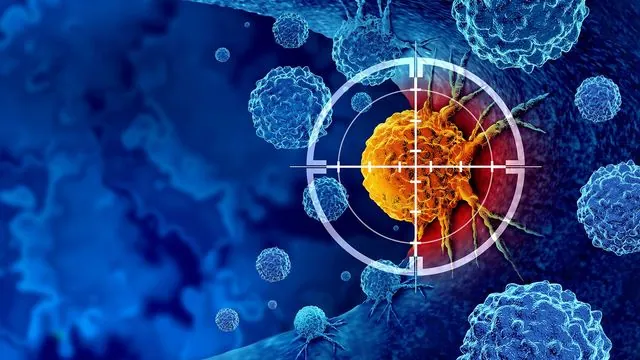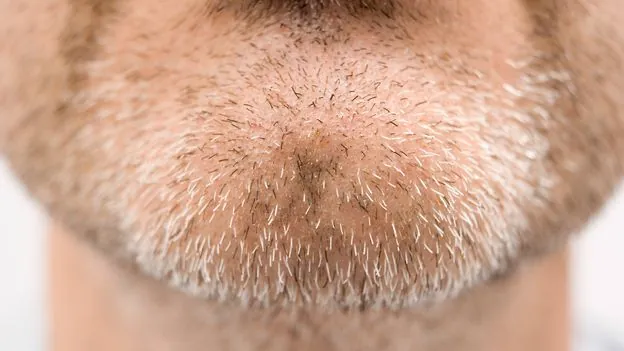
Can Ultrasound-Directed Microbubbles Revolutionize Cancer Treatment? Researchers Say Yes!
2025-01-16
Author: Li
Groundbreaking Study from Concordia University
A groundbreaking study from Concordia University is illuminating a potential new path in the battle against cancer. A team of researchers from the Biology and Physics departments has developed an innovative method utilizing ultrasound-guided microbubbles—a technology that is already making waves in medical imaging and drug delivery.
Enhanced Behavior of T Cells
Published in the journal Frontiers in Immunology, the study showcases how ultrasound can enhance the behavior of cancer-fighting T cells. By increasing their cell permeability, the researchers found that T cells could release a wide array of over 90 different cytokines, which are crucial signaling molecules that play a significant role in orchestrating the immune response.
Targeting Immune Cells
The team specifically targeted freshly isolated human immune cells with focused ultrasound beams combined with clinically approved microbubbles. When subjected to ultrasound, these microbubbles vibrate at ultra-high frequencies, creating a unique mechanical force that mimics a T cell’s natural reaction to the presence of a tumor antigen. This stimulation helps T cells secrete essential signaling molecules that are typically suppressed by the tumor's hostile microenvironment, all without causing harm to the cells themselves.
Re-activating T Cells
Brandon Helfield, an associate professor involved in this research, emphasizes the synergy of ultrasound and microbubbles in addressing one of cancer therapy's toughest challenges: the tumor's ability to inhibit T cells' production of proteins like cytokines upon entry into the tumor. 'This innovative method can re-activate T cells that have been silenced within the tumor, enhancing their ability to stimulate the growth of additional immune and blood cells, thereby promoting a healthier immune response,' says PhD candidate Ana Baez, the study’s lead author.
Time-sensitive Cytokine Secretion
The researchers also discovered that the secretion of cytokines was time-sensitive. Their experiments revealed an increase in cytokine release by factors ranging from 0.1 to 3.6 times compared to untreated cells over a period of 48 hours. Interestingly, they noted that increasing cell permeability via ultrasound often resulted in a decreased amount of cytokines released, indicating a complex interplay of cellular behavior requiring further investigation.
Future Implications
Though still in the preliminary stages, the researchers believe their findings could pave the way for enhanced understanding of immune pathways in cancer. Their goal is to improve and complement current cancer treatments while also potentially introducing new cellular therapies.
Microbubbles as Diagnostic and Therapeutic Tools
'The concept of using microbubbles as image-guided tools for both diagnosis and treatment is not far-fetched,' Helfield points out. 'In the future, we could fine-tune the ultrasound beam to target specific T cells, effectively localizing therapeutic effects.'
Promising Future of the Technique
Moreover, Baez elaborates on the promising future of this technique, suggesting the possibility of integrating cancer-fighting drugs specifically targeted at tumors. 'The non-invasive nature of this method means we can repeat the process as necessary, making it a highly flexible option in clinical settings.'
Conclusion
With research like this on the horizon, the fight against cancer may be entering a new era, empowering the body’s own immune system to take charge in the war against tumors. Keep an eye on this revolutionary approach, as it could dramatically reshape the landscape of cancer treatment.



 Brasil (PT)
Brasil (PT)
 Canada (EN)
Canada (EN)
 Chile (ES)
Chile (ES)
 Česko (CS)
Česko (CS)
 대한민국 (KO)
대한민국 (KO)
 España (ES)
España (ES)
 France (FR)
France (FR)
 Hong Kong (EN)
Hong Kong (EN)
 Italia (IT)
Italia (IT)
 日本 (JA)
日本 (JA)
 Magyarország (HU)
Magyarország (HU)
 Norge (NO)
Norge (NO)
 Polska (PL)
Polska (PL)
 Schweiz (DE)
Schweiz (DE)
 Singapore (EN)
Singapore (EN)
 Sverige (SV)
Sverige (SV)
 Suomi (FI)
Suomi (FI)
 Türkiye (TR)
Türkiye (TR)
 الإمارات العربية المتحدة (AR)
الإمارات العربية المتحدة (AR)